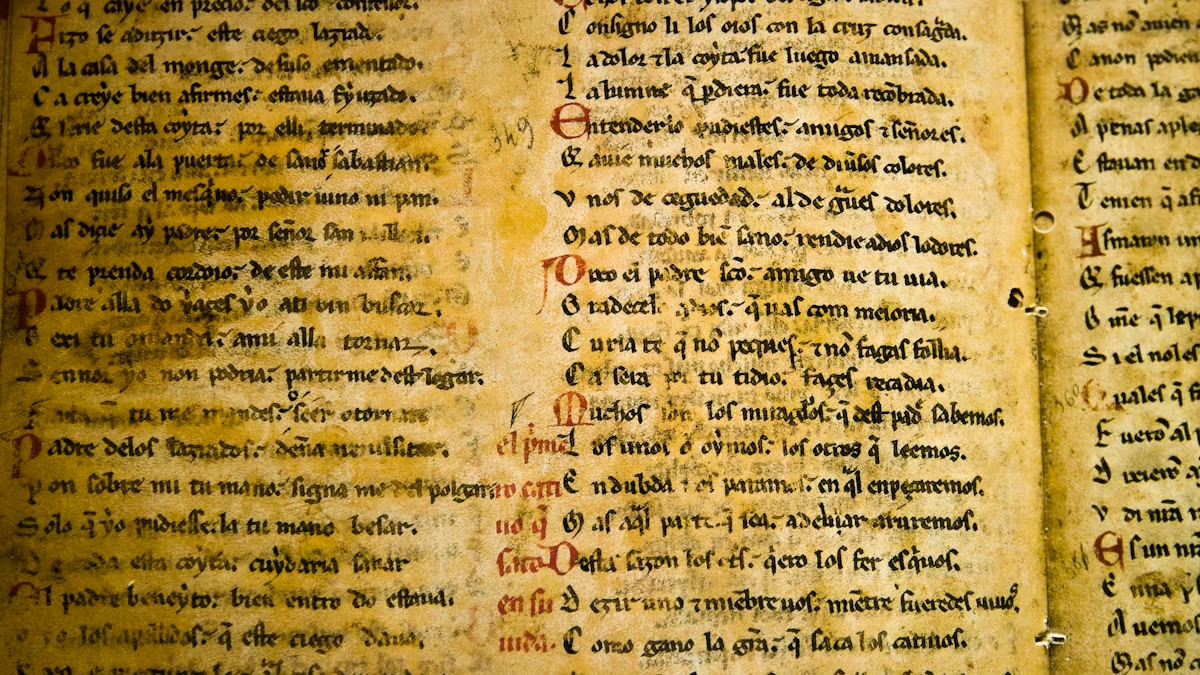India is not only a land of ancient architectural marvels, but it is also the birthplace of numerous writing systems that have evolved over millennia. The beauty of India’s writing systems lies in their diversity, complexity, and the rich cultural heritage they represent. Here’s a glimpse into the history and evolution of writing in India:
1. Indus Script: The Enigma
The earliest evidence of a writing system in India comes from the Indus Valley Civilization (around 3300–1300 BCE).
The Indus script is found on seals, pottery, and tablets.
Though it remains undeciphered, many scholars believe it was a pictorial script used for administrative purposes.
2. Brahmi Script: The Foundation of Indian Writing
The Brahmi script is one of the oldest and most significant writing systems in India, originating around the 3rd century BCE.
It was used during the reign of Emperor Ashoka and has been found in inscriptions on rock edicts and pillars.
Brahmi is the foundation for many modern Indian scripts, including Devanagari, Tamil, Bengali, Telugu, and others.
Ashoka’s Edicts: One of the first examples of writing in Brahmi, which carried messages of peace, dharma (righteousness), and unity.
3. Devanagari: The Script of the Gods
Devanagari is one of the most widely used scripts in India today. It is used for languages like Sanskrit, Hindi, Marathi, Nepali, and Konkani.
Devanagari literally means “the script of the gods” in Sanskrit, highlighting its sacred association with Sanskrit literature.
Known for its horizontal line running across the top of the letters, Devanagari is a syllabic script, meaning each symbol represents a consonant with an inherent vowel sound.
4. Tamil: A Classical Tradition
The Tamil script is one of the oldest living writing systems in India, used for the Tamil language, spoken predominantly in Tamil Nadu and Sri Lanka.
The Tamil script is known for its simplicity and elegance, consisting of 12 vowels, 18 consonants, and a variety of symbols for the different sounds in the language.
Tamil inscriptions date back to the 3rd century BCE, with the famous Ashokan Edicts in Tamil-Brahmi.
5. Grantha: The Script of the South
The Grantha script was used primarily for writing Sanskrit in the Tamil-speaking regions.
It is considered an early form of South Indian scripts and is closely related to the Tamil and Telugu scripts.
Grantha was also used for religious texts, especially those related to Hinduism.
6. Persian and Urdu Scripts: The Influence of Islamic Rule
With the arrival of Islamic rule in India, the Persian script was introduced, particularly in Northern India.
Urdu, which is a Persianized form of Hindi, began using the Persian script. Urdu became a significant language of literature, poetry, and administration during the Mughal period.
Persian script in India has left a lasting legacy in art, literature, and calligraphy.
7. Arabic Script: The Language of the Quran
The Arabic script is used primarily for writing the Arabic language, but it also became significant in India due to the spread of Islam.
Calligraphy in Arabic is highly regarded as a form of art.
This script has been used for religious texts, administrative purposes, and poetry throughout history.
8. Gurmukhi: The Script of Sikhism
Gurmukhi is the script used for writing the Punjabi language and is especially significant in Sikhism.
Created by Guru Angad Dev (the second Sikh Guru) in the 16th century, it was designed to be simpler than the earlier Shahmukhi script.
Gurmukhi is used in the Guru Granth Sahib (the holy scripture of Sikhism) and is central to Sikh religious life.
9. Kannada and Telugu Scripts: South India’s Legacy
Kannada and Telugu are both Dravidian languages that have their own distinct writing systems, each with its own beauty and structure.
The Telugu script is known for its rounded, cursive style, while the Kannada script has more angular, straight lines.
These scripts have deep roots in the literature, religion, and history of the South, and are used for languages in Karnataka, Andhra Pradesh, and Telangana.
10. Modern Innovations: The Digital Age
With the advent of technology, many Indian scripts have been adapted to the digital world, with Unicode and keyboard layouts being developed for efficient typing and communication in regional languages.
The Devanagari script and other scripts are now commonly used in social media, websites, and digital literature.
The Legacy of Indian Writing Systems
India’s writing systems are not just means of communication; they are art forms that encapsulate the spiritual, cultural, and intellectual heritage of the country. From the mysterious Indus script to the modern use of digital fonts, each script carries with it the history of a civilization that valued the written word as a bridge between the divine, the royal, and the everyday.
The diversity of Indian scripts — from Brahmi to Gurmukhi, Tamil to Devanagari — reflects the multilingual and multicultural fabric of the nation. Each script has a unique history, evolving alongside the social and religious movements that shaped India’s landscape.
India’s writing systems stand as a testament to its rich intellectual and artistic traditions, serving as a bridge to the past and a connection to the present. The beauty and complexity of these systems continue to influence writers, scholars, and artists worldwide.









